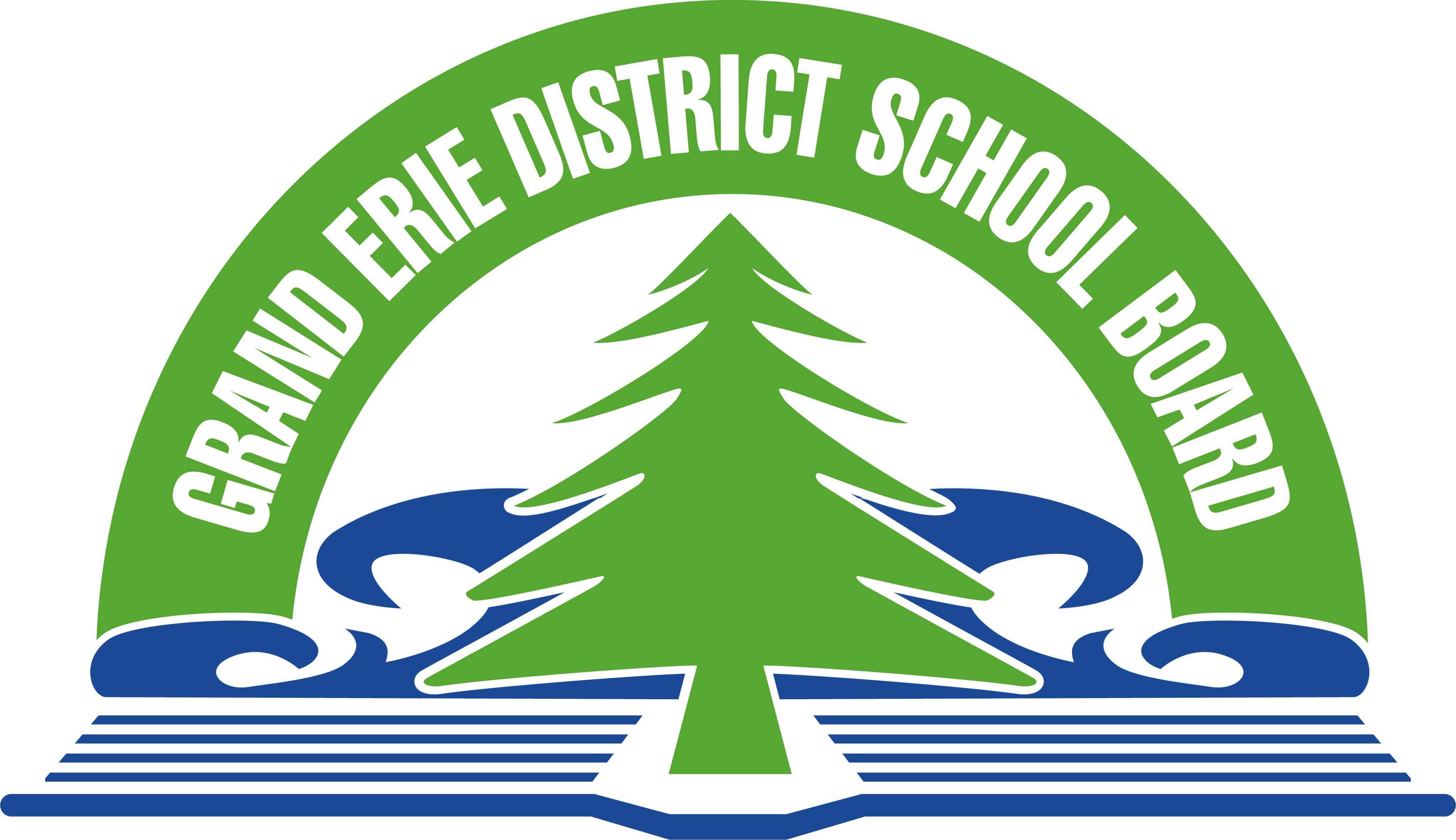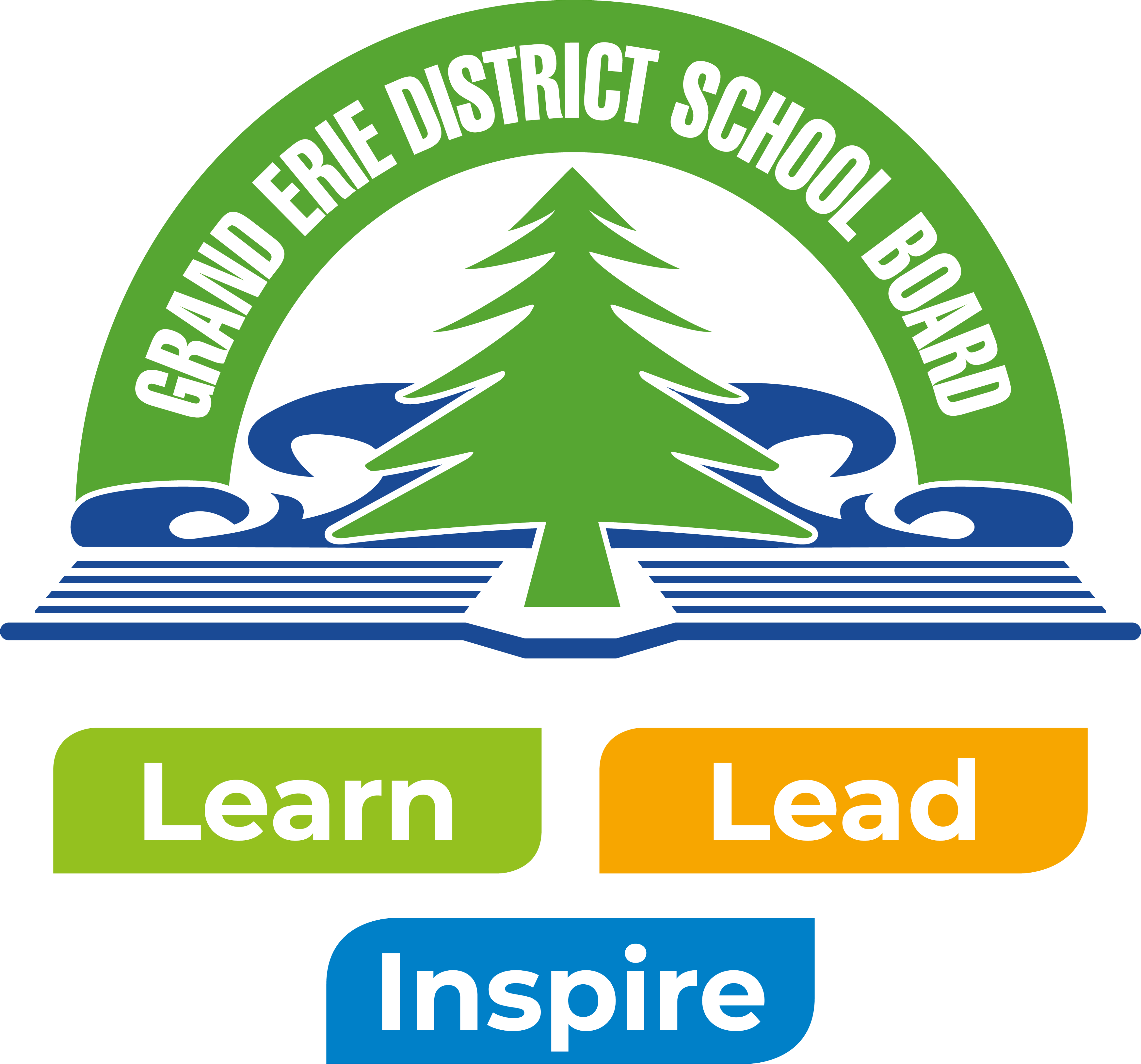Lynn Thomas has noticed that educators and staff are eager for information about artificial intelligence (AI) and its place in education. As the teacher consultant for e-learning at the Grand Erie District School Board, Thomas often gets asked how AI can work at school and what to do if students use it.
“Students are at the core of the work and our focus on nurturing curiosity stems from our desire to optimize our learning journey and enhance our experiences to become more AI-driven as life-long learners and leaders,” says JoAnna Roberto, Director of Education. “It’s about seeing a path for appropriate use, taking curiosity, learning risks and shifting our practice as a collective.”
The 2025 Canadian Student Wellbeing Survey finds that 77 per cent of college and university students use generative artificial intelligence (GenAI) in schoolwork. While students in K-12 classrooms typically have less access to GenAI, some young users are experimenting with the technology.
“From a research perspective, AI is everywhere and it’s here to stay,” says Chloe Bedard, Manager of System Research at Grand Erie. “There are endless opportunities for us to explore how it can support both education and operations of the school board. We need to learn how to use it.”
That’s why Grand Erie is one of several school boards in Ontario that are planning to ensure the safe, effective and responsible use of AI and GenAI in our school community.
“AI is fairly new in the education sector,” says Lisa Munro, Superintendent of Curriculum and Student Achievement at Grand Erie. “As a district, we’re excited about our proactive approach to establishing structures in our organization that support the use of AI to grow imagination, creativity and efficiencies.”
Grand Erie continues to lead in educational innovation through strategic partnerships aimed at expanding AI learning. Mark Daley, Chief AI Officer at Western University, has supported the district to ensure alignment and collaboration in the classroom and across the district. Curtis Carmichael has played a key role in bringing practical applications of AI into classrooms and, most recently, supporting staff through professional learning.
Together, these efforts support the creation of a digital community of learners – one that encourages collaboration and continuous learning beyond the boundaries of the district.
How students can use AI
Digital literacy is a critical skill for the 21st-century workforce – and AI is increasingly a part of that, says Munro.
When used responsibly, AI can help students with various tasks, such as brainstorming, research, translation and content review. For example, many Grand Erie students use Canva, an AI-powered graphic design platform, to create images and slideshows.
While ChatGPT – the most well-known GenAI tool – offers limited access to users under the age of 18, students in K-12 classrooms can experiment with similar large language models like Byte and PeopleAI.app.
“PeopleAI is populated with information about hundreds of historical figures,” says Thomas. “You could talk to Elvis or Nelson Mandela. It’s an interesting way to see how you can chat with an AI.”
Thomas believes children should start learning about AI at a young age to better understand its risks – such as deepfakes and disinformation, environmental and social impacts, and algorithmic bias. This education also exposes them to real-world dilemmas like AI in facial recognition and police surveillance.
“Teaching about AI should be embedded in the system,” says Thomas. “Those critical thinking skills must be built throughout the school career, not just when you turn 18. You don’t instantly know how to use AI in an ethical, responsible and safe way.”
How staff can use AI
Educators and non-teaching staff can also benefit from AI.
By automating administrative tasks, AI lets staff spend more time on teaching and student interaction. They can also use AI to customize educational content – like lesson plans, quizzes and rubrics – in any language and for any level.
“The big advantage of AI is that it can assist an educator in differentiating material, so all students have appropriate material for their abilities and challenge level,” says Thomas. “Then they can all participate.”
However, Thomas and Munro emphasize that “AI can never replace an educator’s soft skills and professional judgment. The human in the room is still the most important teacher.”
Using AI safely and responsibly
Grand Erie is taking several steps to ensure the ethical use of AI by the school community.
1. Education
Ongoing education is a critical first step. Thomas delivers AI workshops to educators and staff within the board and is creating an AI micro-credential course available to educators and non-teaching staff.
As with any new technology, many educators, parents and caregivers are concerned about students engaging with AI inappropriately. To address these issues, Thomas shares tips and tricks for spotting AI-generated content. But she is also promoting a “growth mindset model” that looks at how assignments can be tweaked to discourage improper use.
2. Security
Grand Erie is prioritizing the privacy and security of the school community when using AI. How much student data is collected, where information is stored, and geolocating capabilities will all be considered as the board vets AI tools for use. To begin, Grand Erie is using Microsoft Copilot due to its integration with Microsoft 365 and added security features.
3. Guidelines and Policies
Grand Erie has released guidelines to help the school community use AI safely and responsibly. A more extensive set of guidelines is available for educators and non-teaching staff to allow for a deeper dive into learning and administrative issues. With “do no harm” as a first guiding principle, both sets of guidelines offer concrete tips and examples for ethical AI use.
Grand Erie has recently released a policy and operating procedure around AI use that clearly outlines the school community’s responsibilities – including those of educators, students, and parents and caregivers. So far, only a few school boards in the province have such a policy in place.
But these are just the first steps.
“We want to be nimble,” says Munro. “We’re going to continue to revise our guidelines, offer professional learning, seek feedback from our community and our education partners on the impacts, and use that to plan forward in our work.”

